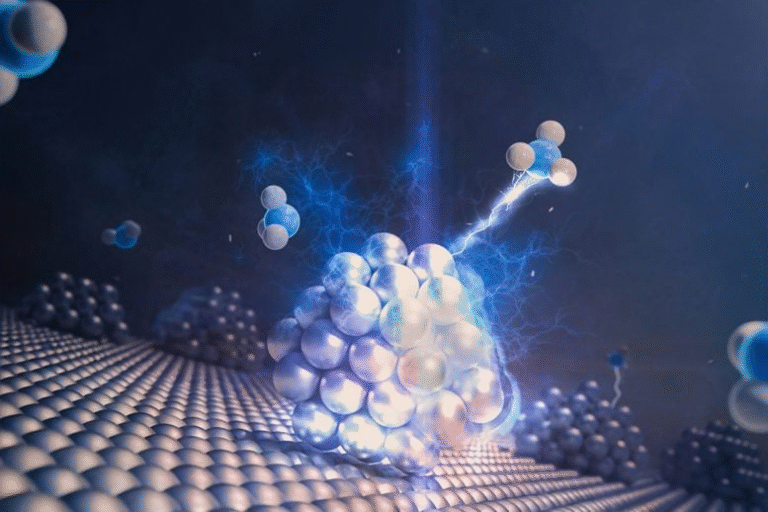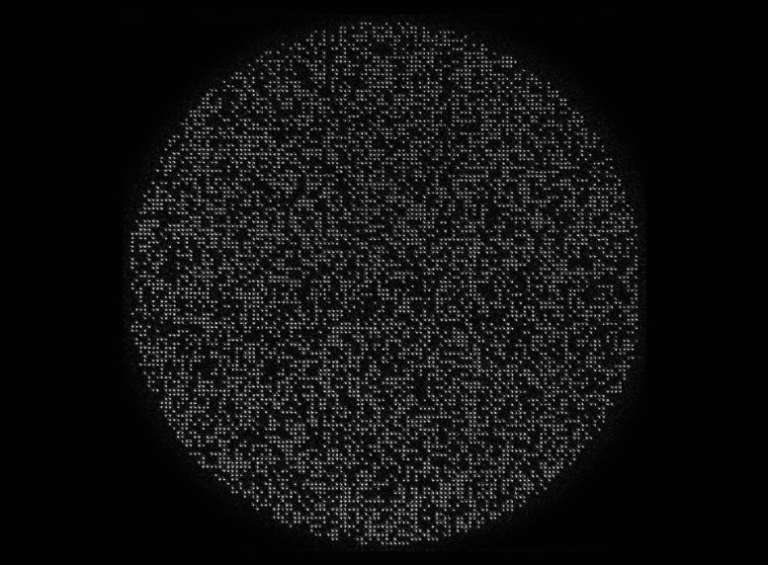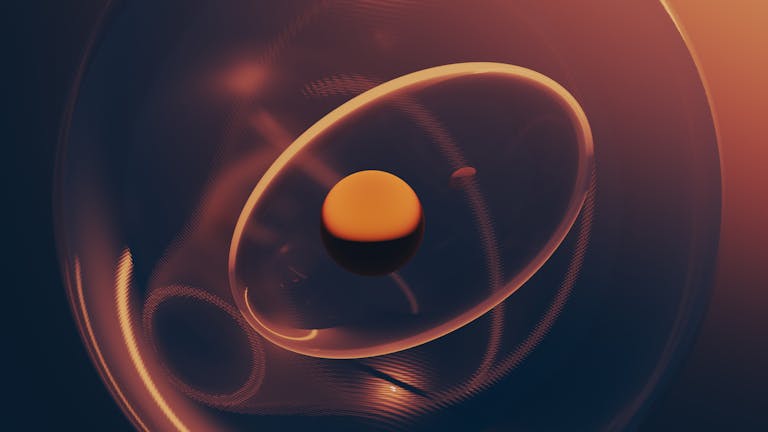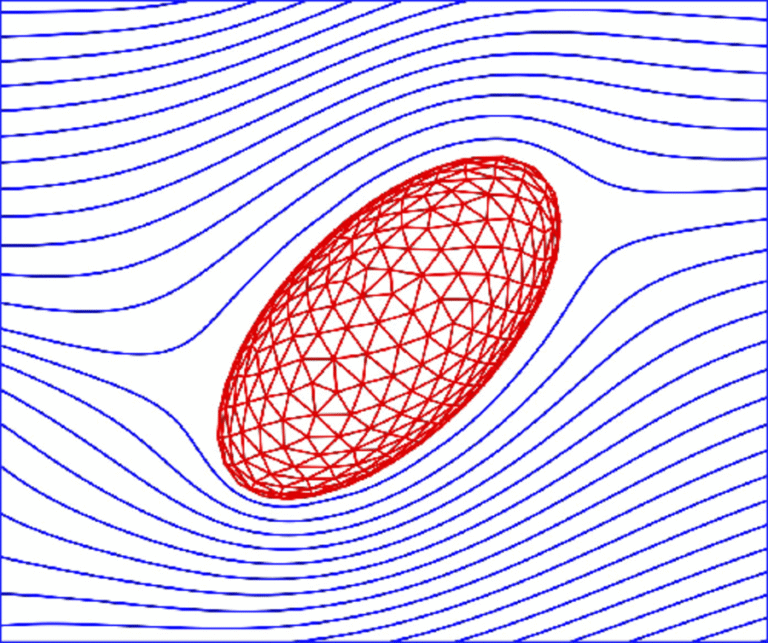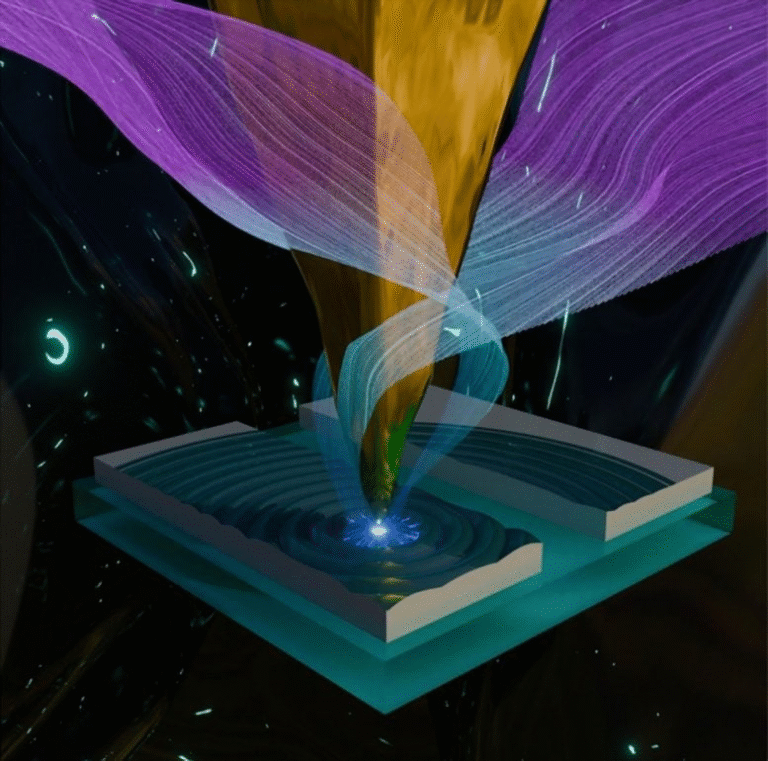Scientists Push the Limits of the Universe’s Darkest Mystery: The LUX-ZEPLIN Detector’s Record-Breaking Hunt for Dark Matter

Deep underground in South Dakota, a group of scientists is getting closer to answering one of the most puzzling questions in modern physics — what exactly is dark matter? Using a highly advanced and extremely sensitive detector called LUX-ZEPLIN (LZ), researchers have just announced new results that push the boundaries of our search for the invisible material that makes up most of the universe. While they haven’t yet detected dark matter itself, their findings have narrowed the range of possibilities and set new records for experimental sensitivity.
This isn’t a small step forward — it’s one of the most significant updates in dark matter research in years. The results, now officially published in Physical Review Letters, show that LZ has reached a new level of precision that surpasses every other experiment currently running.
The Basics: What the LUX-ZEPLIN Detector Is
LUX-ZEPLIN, or LZ, is a direct-detection dark matter experiment located about a mile underground at the Sanford Underground Research Facility (SURF) in Lead, South Dakota. Its location isn’t a random choice — being buried under tons of rock helps shield the detector from cosmic rays and natural background radiation that could interfere with its measurements.
At the heart of LZ are two nested titanium tanks filled with ten tonnes of ultra-pure liquid xenon. Xenon is used because it’s dense, chemically inert, and emits light when a particle interacts with it. When a potential dark matter particle — known as a WIMP (Weakly Interacting Massive Particle) — collides with a xenon nucleus, it produces a faint flash of light and releases electrons. These signals are captured and analyzed by an array of sensors.
The design is extremely sophisticated. The central detector, called the Time Projection Chamber (TPC), records the flashes of light and the movement of electrons to identify possible dark matter events. Surrounding it is the Outer Detector (OD), made of acrylic tanks filled with a gadolinium-loaded liquid scintillator. This layer helps filter out unwanted background signals, such as those caused by ordinary particles like neutrons.
Why the Experiment Is Deep Underground
The problem with hunting dark matter is that false signals — what physicists call “backgrounds” — can easily overwhelm real ones. Everyday materials emit tiny amounts of radiation, and cosmic rays constantly bombard Earth. LZ is built like an onion, with multiple layers of shielding, to keep these distractions out.
Even the materials used to build the detector were carefully selected for low radiation. The stainless steel, the electronics, and even the bolts were tested and purified. Scientists also used advanced analysis techniques to identify and reject signals caused by normal particles.
The depth of the SURF facility adds an extra layer of protection by blocking cosmic radiation from reaching the detector. This isolation allows the experiment to focus on the faintest possible interactions — the kind that might finally reveal dark matter.
The Latest Results: 4.2 Tonne-Years of Data
The new findings are based on an exposure of 4.2 tonne-years, meaning ten tonnes of xenon observed over a long duration. The dataset combines 220 new days of data (collected between March 2023 and April 2024) with 60 days from an earlier run, totaling 280 live days of observations.
The analysis represents the world’s most sensitive search for dark matter so far. After carefully examining every signal, scientists found no conclusive sign of WIMPs — but this absence is itself valuable. It sets tighter limits on how strongly dark matter could interact with ordinary matter.
According to the published paper, the experiment has achieved its strongest exclusion limit at a WIMP mass of 36 GeV/c², with a cross-section upper limit of 2.1 × 10⁻⁴⁸ cm² at 90% confidence. In simpler terms, if WIMPs exist within this mass range, they interact even more weakly than previously thought.
The result improves upon earlier experiments — such as XENONnT and PandaX-4T — by a significant margin. For now, LZ stands as the most powerful dark matter detector on Earth.
Why Scientists “Salted” Their Data
To ensure there was no unconscious bias, the LZ team used a clever trick known as data salting. During data collection, they secretly added fake WIMP-like events to the dataset. The analysts didn’t know which events were real and which were fake until after they finalized their methods.
This “blind analysis” prevents researchers from unintentionally favoring results that look like discoveries. Only when all data cuts, calibrations, and background models were finalized did they “unsalt” the data — revealing which events were genuine.
This careful process ensures that any discovery, if it happens, is scientifically airtight.
Background Noise: The Constant Challenge
One of the hardest parts of dark matter research is telling real signals apart from imitations. Neutrons, for instance, can collide with xenon nuclei in exactly the same way a WIMP would. To deal with this, LZ uses its Outer Detector to spot and veto such events.
Another problem comes from radon gas, which naturally seeps into underground environments and decays into radioactive isotopes. Some of these decays can mimic dark matter interactions. The LZ team built special monitoring systems to track radon decay sequences inside the detector and exclude them from the data.
Dust particles are another concern — even a speck of dust inside the detector can become a source of background radiation. Technicians routinely inspect components with UV light to detect and remove any contamination.
A Mile-Deep Team Effort
The LZ collaboration includes about 250 scientists from 38 institutions across the United States, the United Kingdom, Portugal, Switzerland, South Korea, and Australia. Many of the leading contributions come from researchers at UC Santa Barbara (UCSB), who helped design and test major detector components.
UCSB physicists were instrumental in developing the Outer Detector and many of the background suppression techniques now standard in the field. The project also reflects decades of institutional expertise — UCSB has been involved in dark matter searches since the 1980s.
The collaboration is heavily supported by agencies such as the U.S. Department of Energy (DOE), the Science and Technology Facilities Council (UK), and several national science foundations in Europe and Asia.
Narrowing the Possibilities
While LZ hasn’t yet spotted dark matter, its results have narrowed the field dramatically. Many theoretical models predicting certain interaction strengths or masses are now ruled out.
This helps physicists refine their search strategies — focusing on new types of dark matter particles or unexplored mass ranges. For example, some researchers are exploring cosmic-ray boosted dark matter, a form of low-mass dark matter that gains energy through collisions with cosmic rays. LZ’s data also placed limits on these interactions, reaching cross-sections as low as 3.9 × 10⁻³³ cm² for sub-GeV particles.
Even though the hunt continues, this kind of progress is vital. Every null result sharpens the theoretical picture and brings us closer to understanding what dark matter really is — or isn’t.
Beyond Dark Matter: Other Physics Opportunities
Interestingly, LZ isn’t just a dark matter detector. Its extreme sensitivity allows it to pick up rare physical events from other phenomena. The experiment can detect solar neutrinos, exotic nuclear decays, and even test new physics models beyond the Standard Model.
For example, LZ has observed two-neutrino double electron capture in xenon isotopes — a process that’s incredibly rare and difficult to detect. This shows how the experiment contributes to broader fields in particle and nuclear physics.
The Future of LZ and the Next Generation
LZ will continue running until at least 2028, collecting data for up to 1000 live days in total. Each new dataset will refine the limits further, potentially revealing weaker interactions or lighter dark matter particles.
Beyond LZ, scientists are already thinking about the next step: a larger and even more sensitive detector known as XLZD (Next-Generation Xenon Experiment). This project could be powerful enough to reach the “neutrino floor” — the ultimate sensitivity limit where background signals from natural neutrinos start to dominate.
In other words, LZ is setting the stage for what comes next — detectors so sensitive they might finally catch a glimpse of dark matter itself.
A Quick Refresher: What Is Dark Matter?
Physicists have known for decades that ordinary matter — the stuff that makes up stars, planets, and people — accounts for less than 5% of the universe. The rest is invisible. About 27% is thought to be dark matter, and roughly 68% is dark energy, which drives the universe’s accelerating expansion.
We can’t see dark matter directly, but we know it’s there because of its gravitational effects. It holds galaxies together and shapes cosmic structures. Without it, galaxies would simply fly apart.
The leading candidate for dark matter has long been the WIMP, a hypothetical particle that interacts very weakly with normal matter. If WIMPs exist, they should occasionally bump into atomic nuclei — rarely, but measurably. That’s what detectors like LZ are built to find.
But the absence of detection so far has led some scientists to consider alternatives — like axions, sterile neutrinos, or even entire hidden sectors of new particles. The LZ results help constrain these ideas by ruling out large parts of the WIMP parameter space.
What Makes This Discovery Important
The significance of LZ’s achievement isn’t in finding dark matter — it’s in showing how far human precision has come. Measuring interactions weaker than 10⁻⁴⁸ cm² is a monumental feat.
Every step forward tightens our understanding of what dark matter could be, helps refine models of the universe, and informs the design of next-generation experiments.
Even without a detection, LZ represents progress — the methodical narrowing of the unknown. As one scientist involved in the project noted, the absence of a signal is still a discovery when it eliminates thousands of theoretical possibilities.
Research Reference:
“Dark Matter Search Results from 4.2 Tonne-Years of Exposure of the LUX-ZEPLIN (LZ) Experiment” – Physical Review Letters, 1 July 2025
